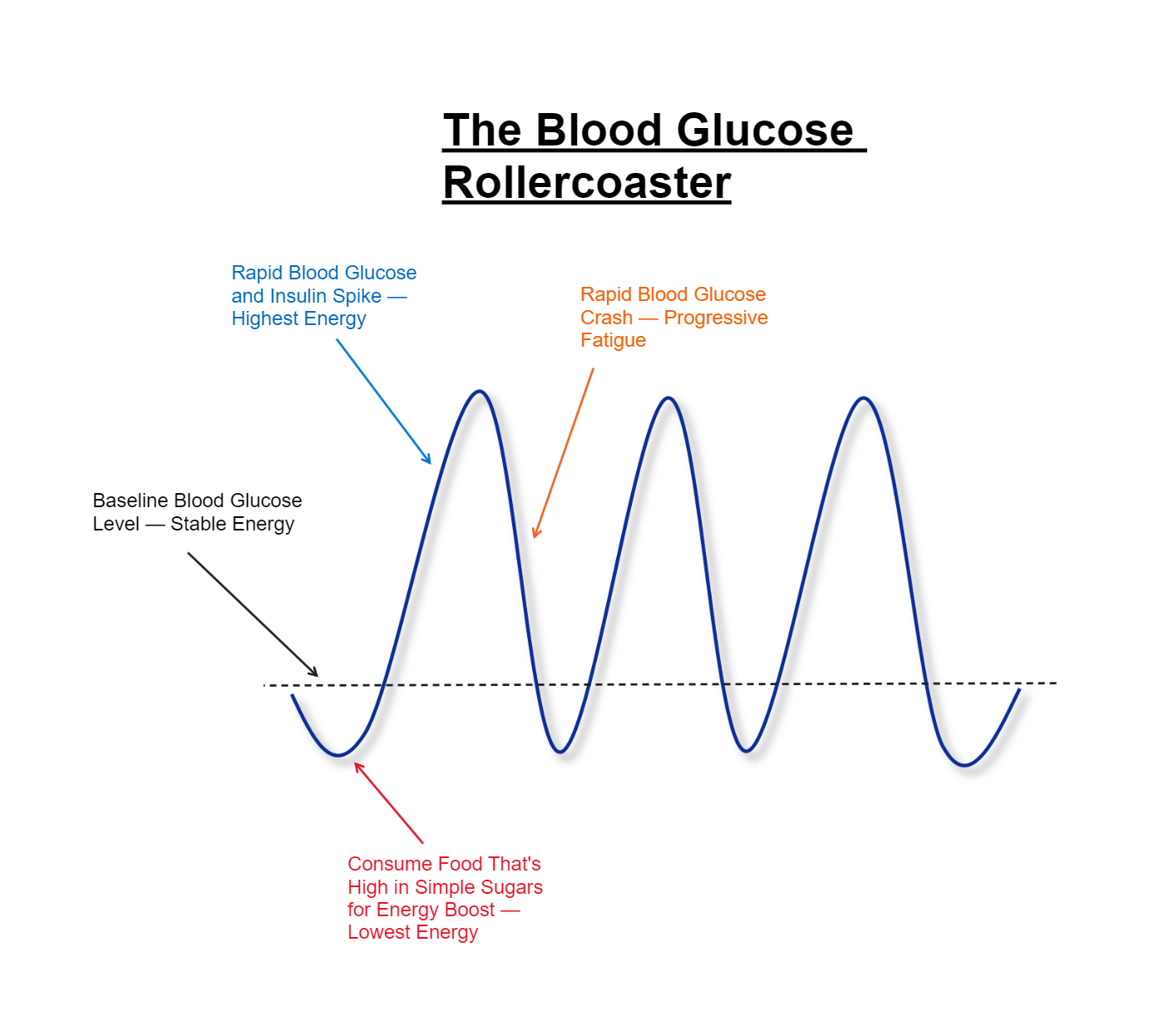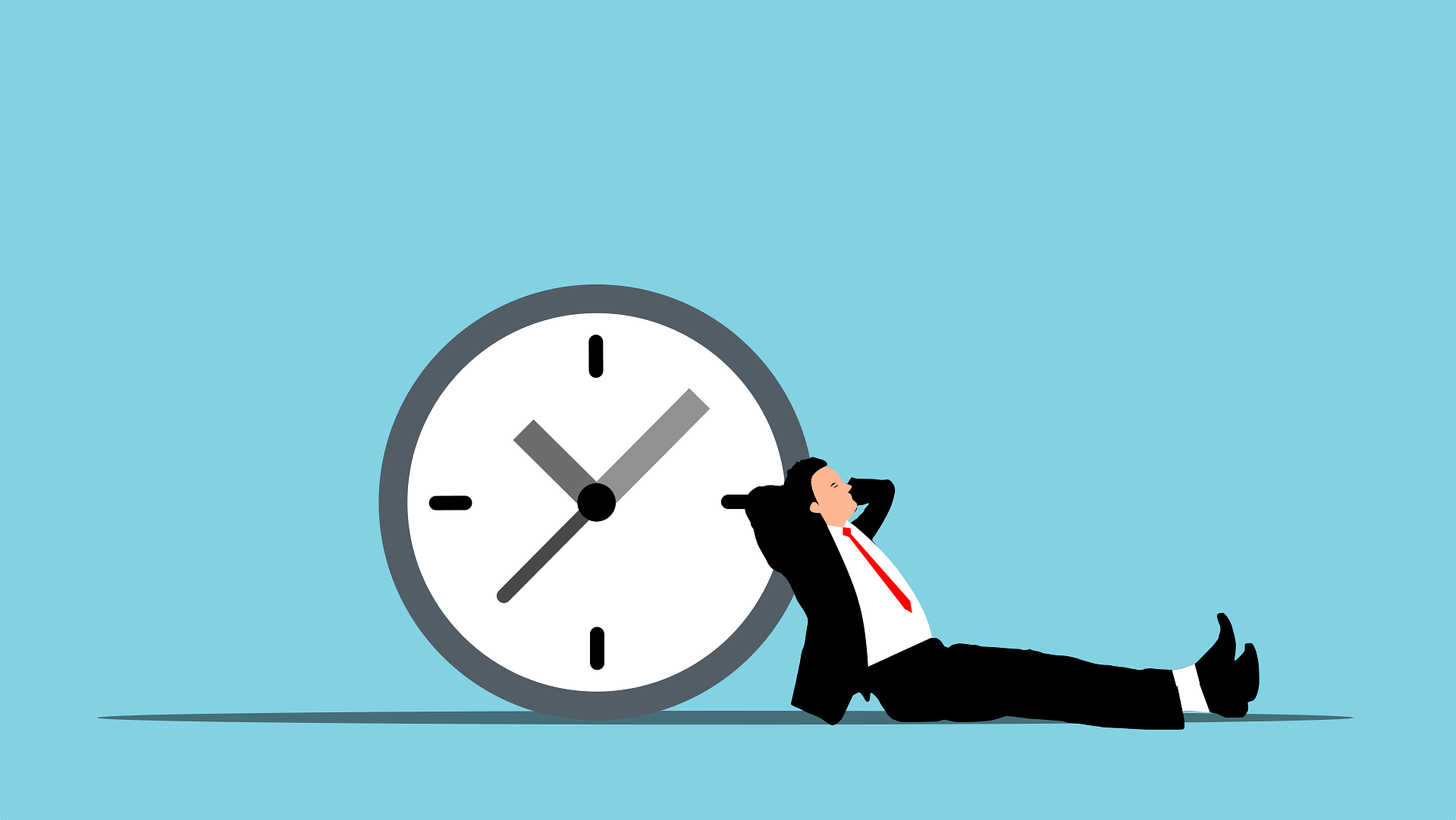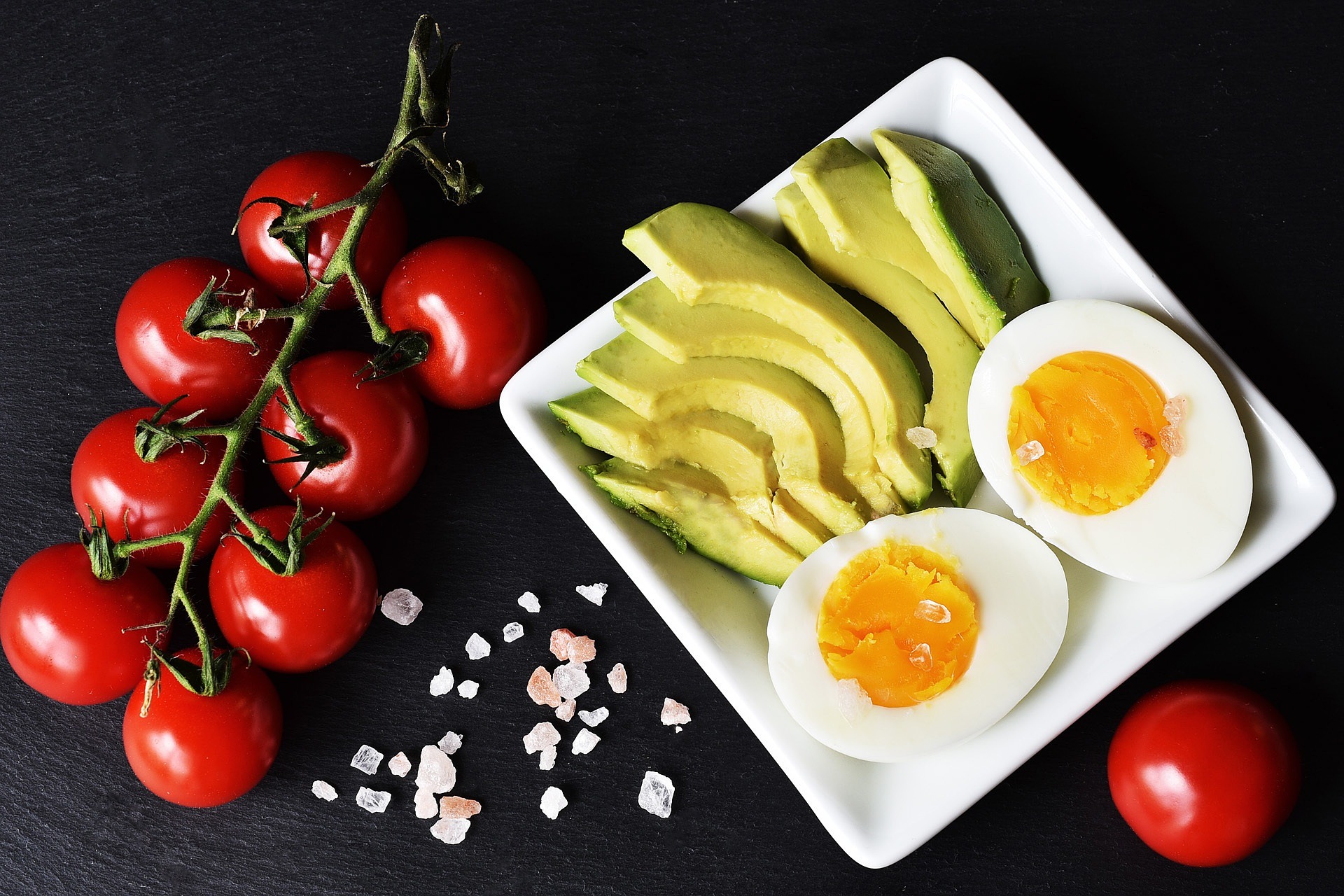3-Bullet Summary
You’ll benefit more from reading the article the whole way through. But, if you’re pressed for time, here’s a condensed version of Clean Eating for Beginners:
- Clean eating is massively overcomplicated for beginner, which can be discouraging.
- However, scientific research has suggested that only a few key things actually matter for a good diet.
- These key things can be boiled down to four main pillars: energy balance, macronutrients, micronutrients and intermittent fasting.
“What Does This All Mean?”
The search engines are bombarding you with conflicting information.
Go keto. No, go vegan. Make sure to include lots of fibrous carbohydrates. Optimise your protein intake.
“What does this all mean?” you ask yourself. “Who should I even listen to?”
See, when you first started your search for how to eat clean, you were motivated. You had a vision of yourself: lean, defined and with healthy skin and hair. But, when you then started looking for answers, you were put in the middle of an information tornado.
You just don’t know what to do.
You’re convinced that you must eat healthy if you want to flourish as a student, but you have no clue where to start.
Simply put, you’re crying out for someone to teach you the basics so you can start changing your life for the better.
Introduction
If there’s one topic that genuinely frustrates me, it’s clean eating for beginners.
A straightforward answer is harder to find than an awake student on a Monday morning. Nobody cuts through all the noise and tells you the essentials of nutrition. It’s always fad diets and opinions.
For this very reason, when I first started my nutrition journey, I quickly realised that I was going to have to be very careful with who I trusted. So, I spent a lot of time sifting through scientific papers and absorbing academic lectures.
After literally two years of trial and error, my diet has improved greatly. From my starting point (i.e., overweight and eating Doritos for lunch), I’ve come a long way. I eat close to no junk food (except on social occasions), have lost a significant amount of bodyfat, and I’ve even developed a love for clean eating in the age of Deliveroo.
But what is clean eating?
Great question. In this article, I’m going to lay out what clean eating is for complete beginners. I’ll be sharing with you all the lessons I’ve learned on my nutritional journey, and giving you the essential education I wish I’d received many years ago.
If you pay close attention to this article, I promise that you’ll develop a working understanding of what a healthy diet is. This means that you’ll be able to cut through all the BS you see online.
So, turn your notifications off and eliminate all distractions.
It’s time to get down to business.

Clean Eating for Beginners: The Pillars of a Healthy Diet
When it comes to clean eating for beginners, there are four basic pillars you should know about. These four pillars are the absolute core of a healthy diet. If you understand them, then you’ll bulletproof yourself against misinformation.
Pillar 1) Energy Balance
I bet you’ve heard something like this before: if you want to lose weight, you must burn more calories than you consume.
This statement is 100% true. Studies have shown that independent of what you consume, if you consume less calories than you burn, then you’ll lose weight1.
The same applies for weight gain, too. If you consume more calories than you expend, then you’ll put on weight.
The reason for this mechanism is rooted in the concept of energy balance, which can be visualised through the energy balance scale.

See, humans are what we call an open system. This basically means that we exchange energy with our surroundings.
Our primary form of energy intake is the calories in our food. A calorie is simply the amount of energy needed to raise the temperature of 1 gram of water by 1 degree.
Energy output, by contrast, takes four forms that we call metabolism:
- Basal metabolic rate (BMR) — essential functions needed to survive, like breathing and organ function.
- Physical activity — energy spent doing physical things, like walking.
- Non-exercise activity thermogenesis (NEAT) — small actions we don’t think about very much, like typing on your keyboard, adjusting your posture, etc.
- Thermic effect of food (TEF) — digesting and processing food.
Now, here’s the kicker: energy cannot be created or destroyed. It constantly flows in and out of our bodies as we intake it from the environment, and transfer it back.
Therefore, if we consume more energy than we expend, then our bodies have no choice but to store it. If we’re resistance training properly, then surplus energy (to an extent) is stored as muscle (yay). If we’re not resistance training, then surplus energy purely goes to fat gain (boo).
Conversely, if we consume less energy than we expend, then our bodies have to take reserve energy (i.e., muscle or fat) and use it to keep us alive. If we’re resistance training properly, then stored energy is mainly taken from fat (yay). If we’re not resistance training, then stored energy is take pretty evenly from fat and muscle, especially if you don’t eat much protein (boo).
So, in summary, energy balance basically means calories in vs calories out (CICO). Eat more than you need, and you’ll gain weight due to the energy surplus. Eat less than you need, and you’ll lose weight due to the energy deficit. If you eat just enough (i.e., maintenance calories), then your bodyweight will stay constant.
Always adjust your calories to your health goals. Simply put, energy balance dictates how your body operates.
Pillar 2) Macronutrients
The energy that we intake to shape our energy balance isn’t identical, however.
See, calories (i.e., the things we get energy from) come in 3 main parcels:
- Proteins — complex molecules containing chains of essential amino acids. They contribute largely to cell growth, immune function and reproductive function2.
- Fats — a family of molecules, some of which contain essential fatty acids. They contribute to loads of things: hormone production, skin and eye health, cardiovascular health, even sexual function3.
- Carbohydrates — non-essential (i.e., the body doesn’t need them) sugar molecules that the body uses for energy.
These 3 parcels are the macronutrients and they make up the bulk of your diet (alongside water).
Proteins and fats are especially important because they contain essential nutrients that the body cannot produce on its own. For protein, that’s essential amino acids, and for fat that’s essential fatty acids.
That’s not to say carbs aren’t important, though. They’re the body’s primary fuel source and are especially beneficial for active people who need glucose (sugar) to fuel performance. Therefore, any healthy diet should contain all of them.
How much of each, though?
Great question.
For protein, how much you eat depends on your activity level. If you’re active and resistance training (which you should be) aiming for 0.8 g/lb of bodyweight has long been considered the minimum effective dose4. This averages out to between 20% and 25% of your daily caloric intake. If you’re sedentary, you need less, but I still recommend aiming for 0.8g/lb of bodyweight. This is because protein has the highest thermic effect of all macronutrients, which basically means that it makes your body work harder to digest it than if you eat fats or carbohydrates, thereby assisting weight maintenance.
For fat, the minimum recommended amount, regardless of activity level, is 0.3g/lb of bodyweight5. This means that no less than 15–20% of your calories should come from fat. Going higher afterwards is a matter of preference. I personally consume 30–35% of my calories from fat, because fats are super tasty (peanut butter, cheese, olive oil, etc.), and I function better on a diet with a higher percentage of my calories from them.
Carbs, because they’re non-essential, simply fill the calorie gap left from your protein and fat intake. For example, if you got 20% of your calories from protein and 30% from fat, then carbs will take up the remaining 50%. I’d recommend leaving at least 40% of your daily caloric intake for carbs, preferably higher if you’re active.
Before moving on to the third pillar, it’s important to note that the calorie levels of macronutrients differ. 1 gram of protein and carbohydrate, for instance, equals 4 calories. 1 gram of fat, however, acquaints to 9 calories.
Moreover, macronutrients also have different thermic effects. About 20–30% of protein, 5–15% of carbohydrate and 3–5% of fat is burned off by your body simply digesting it.
These factors are important because they can help to shape your dietary choices. If you are actively trying to lose fat, perhaps upping your protein intake could be helpful, as its worth the least calories per gram and has the highest thermic effect. On the other hand, if you’re trying to build muscle and stay in a calorie surplus, then a higher intake of fat or carbs could be helpful.
Regardless, you now know that macronutrients are vital. When someone tells you now that fats are bad, you can punch them in the face. (Metaphorically, of course, with your knowledge of the importance of fats.)
Pillar 3) Micronutrients
Within the macronutrient package, calories aren’t always the only thing inside. This is because certain foods (i.e., the things containing macronutrients) contain micronutrients.
This term represents a big group of dietary elements we must consume in small quantities. This big group can be segmented into two families:
- Vitamins — vitamins A, B, C, D, E and K.
- Minerals — macrominerals (calcium, magnesium, sodium, potassium, sulphur, phosphorus) and trace minerals (zinc, iron, manganese, copper, iodine, selenium).
Although they have no caloric value (i.e., you can’t get fat off zinc), micronutrients are essential, meaning the body cannot produce them on its own. Moreover, they also perform so many functions that I’d be here for a year trying to list them all.
In short, though, micronutrients promote brain development and hormone production6; disease prevention and immune function7; and even contribute to fighting mental health disorders like anxiety and depression8.
You get micronutrients from whole and minimally processed foods. The spectrum below shows you what they are in simple terms.

In essence, the more calories you get from whole and minimally processed foods, the more micronutrients you’ll intake. By contrast, the more processed and highly processed foods you consume, the less micronutrients you’ll intake.
A good recommendation, if you want to get your micronutrients in, is to consume at least 80% of your calories from minimally processed or whole foods. I recommend going as high as you sustainably can. This means that 100% probably isn’t the best idea, as you’ll basically eliminate all the naughty pleasures from your life, which will make you miserable and want to resort back to a poor diet.
Save space in your diet for treats, but don’t sleep on micronutrient-rich foods. They’ll serve you better, despite what strawberry cheesecake tells you.
Pillar 4) Intermittent Fasting
This pillar is the least important. If you focused all your attention on the first three, you’d live a long, healthy life and get 80% of the benefits a clean diet has to offer.
However, I (my opinion, not science) believe that intermittent fasting is still a powerful dietary lever to pull.
Let me explain.
When we studied The 5 Core Benefits of Healthy Eating for Students, we learned that eating raises our blood glucose (sugar) levels. This then causes insulin release, which drives our blood glucose back down and, sometimes, can make us feel the symptoms of a ‘sugar crash’ if we dip below baseline. These symptoms mainly include lethargy, fatigue and a desire to procrastinate.

I don’t know about you, but these symptoms sound like the opposite of what we want if we desire to be productive and pursue purposeful goals.
To combat this, I advocate intermittent fasting. By restricting your feeding to a 14–16–hour window, you limit the number of glucose spikes you experience. In turn, you get more time to live your life in a fasted state in which you’ll feel sharp and energised, allowing you to make excellent progress in whichever mental tasks you’re pursuing (studying, revising, writing, etc.).
However, please note that this isn’t mandatory. Clean eating for beginners shouldn’t be complicated. You’re a free human who can eat whenever you want (within reason — don’t let late-night eating hurt your sleep).
Intermittent fasting is simply what I practice and preach due to how effective it is for mental clarity. If you can eat around the clock and stay sharp, props to you. If, however, you’re like me and tend to lose a bit of focus after a big meal (especially lunch), then intermittent fasting can really help to improve how you feel throughout the day.
Focus on calorie management, macronutrients and food sources (i.e., for micronutrient) first, and then consider meal timing if you feel like it would benefit you and your ability to be productive.
Final Thoughts: Clean Eating for Beginners
Clean eating for beginners is a topic that’s overcomplicated.
If you want to start eating healthier and reaping the benefits of a good diet, you’re quite literally placed in the middle of a warzone.
In this article, however, we’ve been through the four pillars of clean eating that actually make a difference: energy balance, macronutrients, micronutrients, and (less so) intermittent fasting.
With these pillars understood, you now have a shield that you can use to defend yourself against misinformation.
Please realise, though, that despite nutrition being a huge part of your success as a student, it’s most powerful when combined with the other pillars of health and performance, like exercise and sleep. Make sure to follow the links and understand why. If you don’t appreciate them, then a good diet will be pretty much worthless.
In addition, you may be wondering how to turn this information into an action plan. I mean it’s all well and good knowing what clean eating is, but actually incorporating it into your life is a bit more tricky. That’s why you should totally be on the look out for the upcoming Ultimate Guide to Clean Eating. You’ll get all the practical guidance you need to make clean eating a simple and easy part of your student life.
As a final note, if you want to learn how to use the power of clean eating to motor yourself towards better grades, download your free copy of The 10 Secrets of Strong Students. You’ll learn how to combine the focus-boosting benefits of a good diet with time-proven study strategies that the highest-performing students use to dominate their studies. If you’ve read this far, then I know you’ll love it.
If you got any value from this article, why not share it with a friend? You might change their life forever and get them on the clean eating train to better grades. (Super kind, right!)
Well done for completing the article. You’re going places.
Stay strong,
Sam.
Founder, Strong Students.







